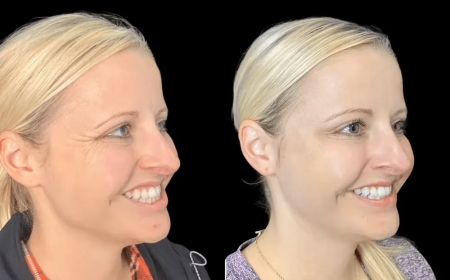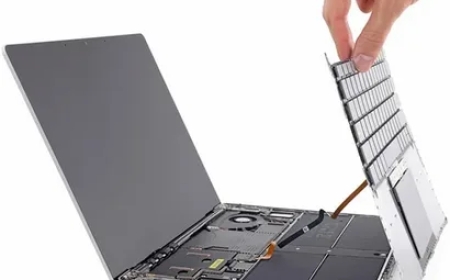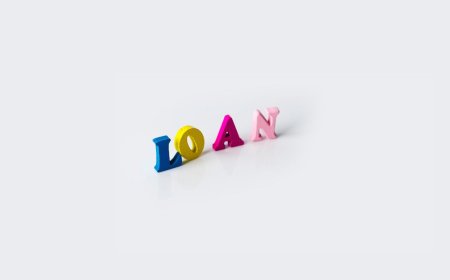What Makes Custom Embroidery Digitizing Stand Out from the Rest

Embroidery has been around for centuries, but modern technology has taken it to a whole new level. Digitizingthe process of converting artwork into a stitch file that embroidery machines can readhas revolutionized the craft. But not all digitizing is created equal.Custom embroidery digitizing stands out because its tailored, precise, and designed for flawless stitching. So, what exactly makes it different from generic, mass-produced designs? Lets break it down.
The Basics: What Is Embroidery Digitizing?
Before diving into custom digitizing, it helps to understand the standard process. Digitizing is like translating an image into a language your embroidery machine understands. A digitizer uses specialized software to map out stitch types, directions, densities, and sequencing. The result is a file (like .PES, .DST, or .EXP) that tells the machine exactly how to stitch the design.
Most commercial embroidery designs are pre-digitized for general usemeaning theyre made to work on a variety of fabrics and garments. But since every project is different, these one-size-fits-all files dont always stitch perfectly. Thats where custom digitizing comes in.
Why Custom Digitizing Is a Game-Changer
1.Perfect Fit for Your Project
Generic designs are digitized to work on "average" fabrics, but what if youre embroidering on thick denim, stretchy spandex, or delicate silk? Custom digitizing accounts for your exact material, ensuring the stitches lay flat, dont pucker, and hold up over time.
2.Optimized Stitch Quality
A skilled digitizer adjusts stitch density, underlay, and pull compensation based on your specific needs. Too many stitches in one area can make the fabric stiff; too few can leave gaps. Custom digitizing finds the perfect balance for crisp, professional results.
3.Unique, One-of-a-Kind Designs
Pre-made designs are everywhereanyone can buy and stitch the same file. Custom digitizing turns your logo, artwork, or handwritten signature into a completely original embroidery file. That means no one else will have the exact same design.
4.Better Detail and Clarity
Small text, intricate logos, and fine details often get lost in generic digitizing. A custom digitizer can tweak stitch types (like using satin stitches for text instead of fill stitches) to keep every element sharp and readable, even at smaller sizes.
5.Faster Production & Fewer Errors
Ever had a design stitch out poorly, leading to wasted time and material? Custom digitizing reduces trial and error. Since the file is optimized for your machine and fabric from the start, youll spend less time fixing mistakes and more time stitching.
How Custom Digitizing Works
So, how does the process differ from using a pre-made design? Heres a step-by-step look:
- You Provide the Artwork
This could be a company logo, a hand-drawn sketch, or even a photo. The cleaner the artwork (vector files like .AI or .EPS work best), the easier it is to digitize. - The Digitizer Analyzes the Design
Theyll assess stitch types, sequencing, and potential problem areas (like small text or gradients). - Custom Adjustments Are Made
Based on your fabric, garment type, and desired size, the digitizer fine-tunes:
- Stitch Density(so its not too stiff or too loose)
- Underlay Stitches(to stabilize the fabric)
- Pull Compensation(to prevent distortion)
- Stitch Direction(for smoother fills and better texture)
Some digitizers provide a small test stitch file so you can check the design before committing to a full run.
If adjustments are needed, the digitizer tweaks the file until it stitches perfectly. Then, you receive the final embroidery file in your machines format.
When Should You Choose Custom Digitizing?
Not every project needs a custom file, but heres when its worth the investment:
- Logos & Branding A poorly digitized company logo looks unprofessional. Custom digitizing ensures crisp, clean stitching every time.
- Small or Detailed Designs Tiny text, fine lines, and intricate patterns often need custom tweaks to stitch correctly.
- Specialty Fabrics If youre embroidering on towels, hats, leather, or stretchy material, generic files may fail.
- Unique Artwork Got a custom illustration or personalized design? Pre-made files wont cut it.
- Large-Scale Projects If youre stitching hundreds of pieces, even small errors add up. Custom digitizing saves time and materials.
The Downside of Generic Digitizing
Its tempting to grab a cheap pre-digitized design online, but heres why that can backfire:
- Poor Stitch-Outs Many low-cost files are auto-digitized (done by software, not a person), leading to gaps, thread breaks, or uneven fills.
- Limited Customization You cant easily resize or edit pre-made files without affecting quality.
- Fabric Compatibility Issues A design stitched perfectly on cotton might pucker on fleece or stretch out on knits.
How to Find a Good Custom Digitizer
Not all digitizers are equal. Heres what to look for:
- Experience Check their portfolio for clean, well-stitched designs.
- Communication A good digitizer will ask about your fabric, machine, and desired outcome.
- Revisions Policy The best offer tweaks if the first stitch-out isnt perfect.
- Turnaround Time Rush jobs can lead to mistakes. A quality digitizer needs time.
DIY vs. Professional Digitizing
Some embroidery software (like Hatch or Wilcom) lets you digitize yourself. But unless youre experienced, results may be hit or miss. Professional digitizers understand:
- How different fabrics behave under stitches
- The best stitch types for specific effects
- How to minimize thread breaks and bobbin issues
If you only digitize occasionally, outsourcing is often more cost-effective than buying expensive software and spending hours learning.
Final Thoughts
Custom embroidery digitizing isnt just a luxuryits a smart choice for anyone who wants flawless, professional-quality embroidery. Whether youre branding uniforms, creating personalized gifts, or working with tricky fabrics, a custom-digitized file ensures your design stitches perfectly the first time.
So next time youre tempted to use a generic design, ask yourself: Is "good enough" really enough? For standout embroidery that lasts, custom digitizing is the way to go.


































